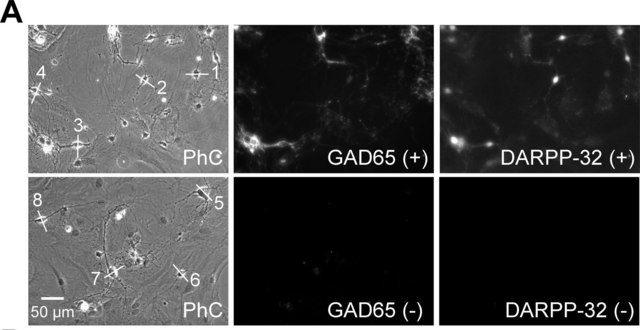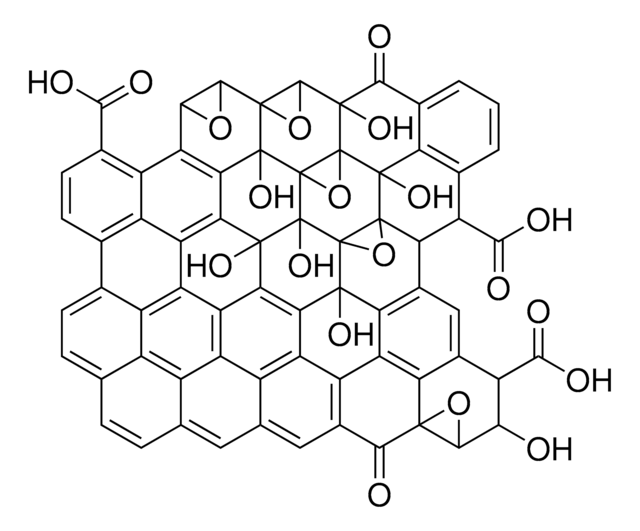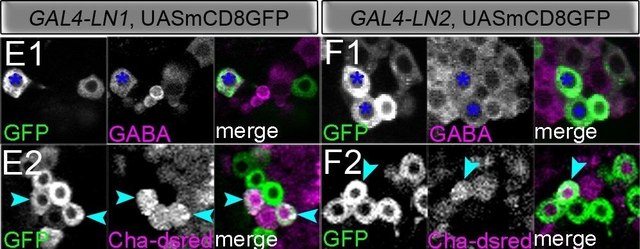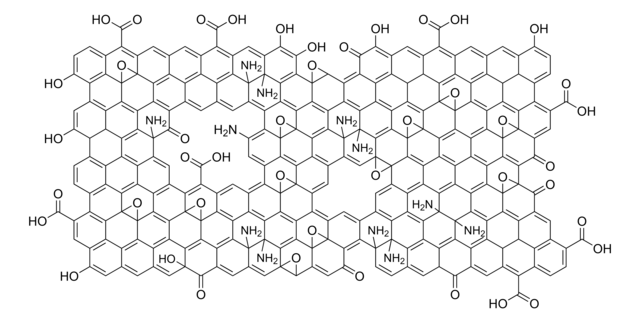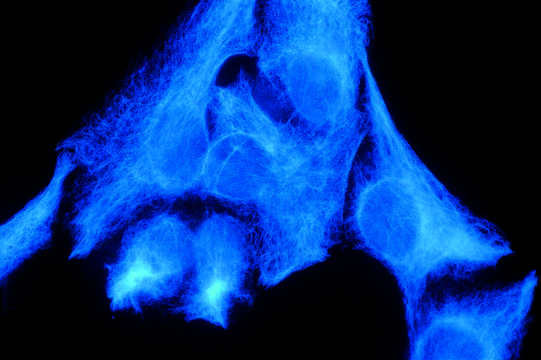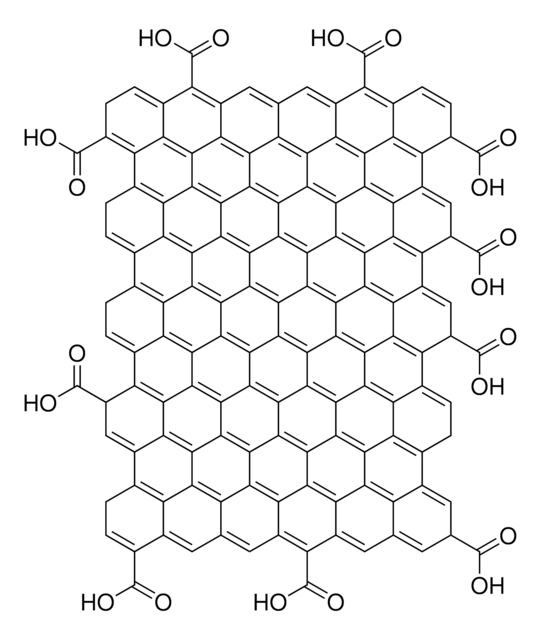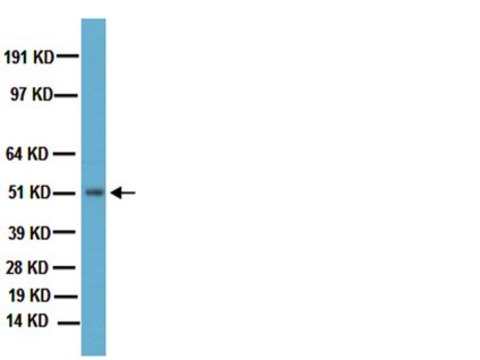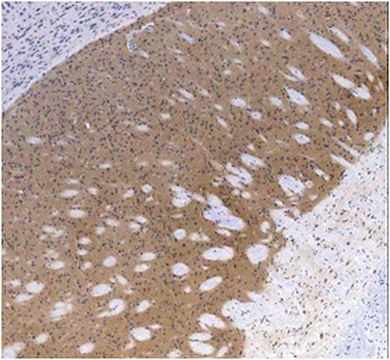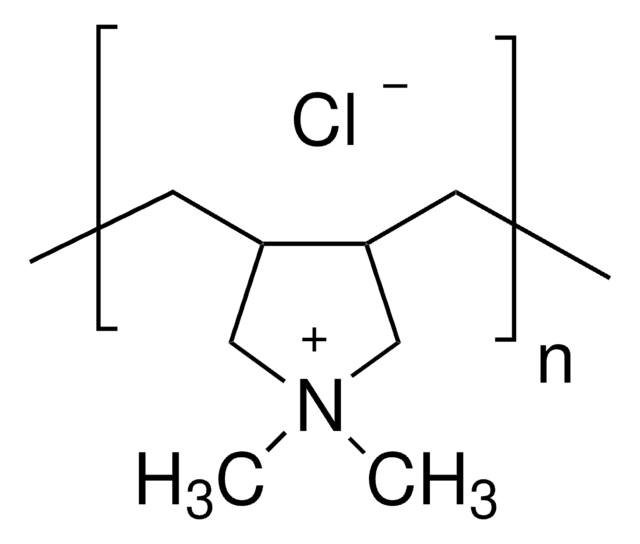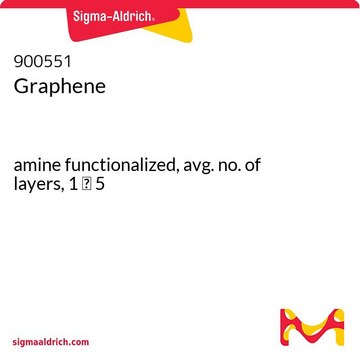推荐产品
生物来源
rabbit
质量水平
抗体形式
affinity purified immunoglobulin
抗体产品类型
primary antibodies
克隆
polyclonal
纯化方式
affinity chromatography
种属反应性
mouse, rat
制造商/商品名称
Chemicon®
技术
immunohistochemistry: suitable
western blot: suitable
NCBI登记号
UniProt登记号
运输
wet ice
靶向翻译后修饰
unmodified
基因信息
human ... KCNJ6(3763)
特异性
Recognizes a full length Kir3.2 (GIRK2, G-protein Activated Inwardly Rectifying Potassium Channel 2). Does not cross react with any other potassium channel antigens tested so far.
免疫原
GST fusion protein from the C-terminal portion of mouse GIRK2 protein (amino acids 374-414) (Accession P48542).
应用
Anti-Potassium Channel GIRK2 Antibody detects level of Potassium Channel GIRK2 & has been published & validated for use in IH & WB.
Research Category
Neuroscience
Neuroscience
Research Sub Category
Ion Channels & Transporters
Ion Channels & Transporters
Western blot: 1:200 using ECL on rat brain membranes.
Immunohistochemistry on rat brain sections.
Dilutions should be made using a carrier protein such as BSA (1-3%)
Optimal working dilutions must be determined by the end user.
Immunohistochemistry on rat brain sections.
Dilutions should be made using a carrier protein such as BSA (1-3%)
Optimal working dilutions must be determined by the end user.
外形
Affinity purified immunoglobulin. Lyophilized from phosphate buffered saline, pH 7.4, containing 1% BSA, 5% sucrose as a stabilizer and 0.025% sodium azide as a preservative. Reconstitute with 200 μL of sterile deionized water. Centrifuge antibody preparation before use (10,000 xg for 5 min).
储存及稳定性
Maintain lyophilized material at -20°C for up to 12 months. After reconstitution maintain at -20°C in undiluted aliquots for up to 6 months. Avoid repeated freeze/thaw cycles
分析说明
Control
CONTROL ANTIGEN: Included free of charge with the antibody is 120 μg of control antigen (lyophilized powder). The stock solution of the antigen can be made up using 100 μL of PBS. For positive control, in Western blot use 20 ng of protein per minigel lane. For negative control, preincubate 3 μg of fusion protein with 1 μg of antibody for one hour at room temperature. Optimal concentrations must be determined by the end user.
CONTROL ANTIGEN: Included free of charge with the antibody is 120 μg of control antigen (lyophilized powder). The stock solution of the antigen can be made up using 100 μL of PBS. For positive control, in Western blot use 20 ng of protein per minigel lane. For negative control, preincubate 3 μg of fusion protein with 1 μg of antibody for one hour at room temperature. Optimal concentrations must be determined by the end user.
其他说明
Concentration: Please refer to the Certificate of Analysis for the lot-specific concentration.
法律信息
CHEMICON is a registered trademark of Merck KGaA, Darmstadt, Germany
免责声明
Unless otherwise stated in our catalog or other company documentation accompanying the product(s), our products are intended for research use only and are not to be used for any other purpose, which includes but is not limited to, unauthorized commercial uses, in vitro diagnostic uses, ex vivo or in vivo therapeutic uses or any type of consumption or application to humans or animals.
未找到合适的产品?
试试我们的产品选型工具.
Tammy Ryan et al.
Nature communications, 9(1), 817-817 (2018-02-28)
Neuronal loss in Parkinson's disease (PD) is associated with aberrant mitochondrial function and impaired proteostasis. Identifying the mechanisms that link these pathologies is critical to furthering our understanding of PD pathogenesis. Using human pluripotent stem cells (hPSCs) that allow comparison
Andrzej Swistowski et al.
Current protocols in stem cell biology, Chapter 2, Unit2D-Unit2D (2012-08-09)
Human embryonic stem cells (hESCs) and induced pluripotent stem cells (iPSCs) are potentially an unlimited cell source for cell replacement therapy and personalized medicine. Before hESC- and iPSC-based therapy can be moved from bench to bedside, however, it is essential
Adolfo López-Ornelas et al.
Cells, 12(23) (2023-12-09)
Human embryonic stem cells (hESCs) differentiate into specialized cells, including midbrain dopaminergic neurons (DANs), and Non-human primates (NHPs) injected with 1-methyl-4-phenyl-1,2,3,6-tetrahydropyridine develop some alterations observed in Parkinson's disease (PD) patients. Here, we obtained well-characterized DANs from hESCs and transplanted them
Fahad Mubariz et al.
Frontiers in neuroscience, 17, 1152503-1152503 (2023-06-19)
Mutations in the GBA1 gene are the single most frequent genetic risk factor for Parkinson's disease (PD). Neurodegenerative changes in GBA1-associated PD have been linked to the defective lysosomal clearance of autophagic substrates and aggregate-prone proteins. To elucidate novel mechanisms
Andrzej Swistowski et al.
PloS one, 4(7), e6233-e6233 (2009-07-15)
Human embryonic stem cells (hESCs) may provide an invaluable resource for regenerative medicine. To move hESCs towards the clinic it is important that cells with therapeutic potential be reproducibly generated under completely defined conditions. Here we report a four-step scalable
我们的科学家团队拥有各种研究领域经验,包括生命科学、材料科学、化学合成、色谱、分析及许多其他领域.
联系技术服务部门